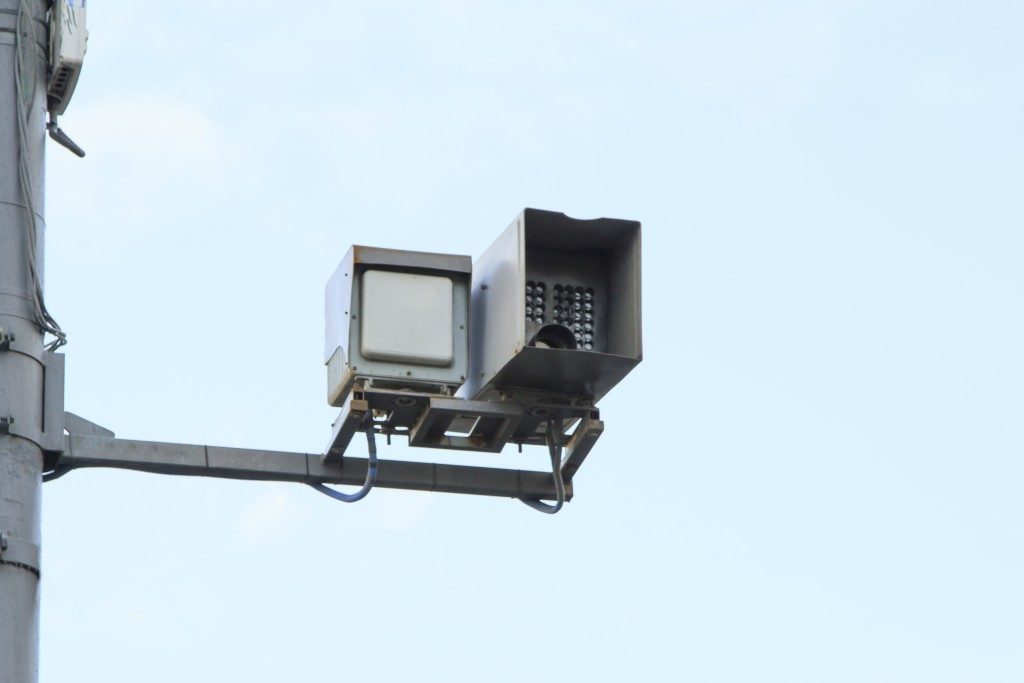When we talk about radar guns, the first thing that comes to mind is fastball pitches that result in embarrassing strikes or cracking home runs. It is a gambit in baseball to throw a fastball, but having a strong arm that breaks 100mph is something to brag about.
Anyone can make a tall tale on how fast they can pitch, but when radar guns for baseball became readily available, science came to settle the disputes. Now, the radar gun and its variations are serving the community in different ways. It is also used in other sports, law enforcement and practical science experiments.
Origin of Radar Guns in Baseball
Danny Litwhiler, an outfielder for the Philadelphia Phillies in 1940, didn’t have much of a team, but he was able to complete a season without committing an error in 1942, earning his gloves a place in the Hall of Fame. He really loved America’s pastime and he sought to impart his skills to future players.
In the 1970s, Litwhiler was coaching the Michigan State Spartans baseball team. After he noticed that cops on campus were using radar guns when monitoring the speed of cars, he realized that they could be used as an instruction tool for his team. The key is to increase the speed differential of their fastballs and their change-up pitches. Radar guns are the tool for this.
Radar Guns History

The radar speed gun was invented by John L. Barker and Ben Midlock. As with many technological advances, they were developed for the military. They got a Doppler radar and made makeshift microwave resonators from coffee cans. They first measured the sink rate of landing PBY Catalina amphibious aircraft because they had suffered extensive landing gear damage.
Barker and Midlock eventually tested it in the Merritt Parkway and was used as official speed limit measuring tools in 1947 in Glastonbury, Connecticut. It made its way to Garden City, New York a year later.
Radar Guns in Tennis
Radar guns were also used in tennis in order to measure the serve speed. The main reason for this is to check on how hard the receiver should hit the ball. When the server hits a fast serve, they want to see the bounce of the ball depending on how they receive it. That way, the tennis players would know how to receive a fast serve, if they should hit it low or hard.
Radar guns are commonly used by the police to measure speeds and catch violators of the speed limit, but they can do more than that. It can measure distances accurately and for the military, they can use this to develop their strategy.
For example, they can measure the speed of enemy aircraft and they can formulate defensive actions like firing anti-aircraft missiles. These are just some examples of military uses for speed measuring devices using radar technology.
Radar guns have graduated to become a valuable tool for sports after being a primary military tool. There are still various creative ways to use radar technology in sports, law enforcement and practical life.

